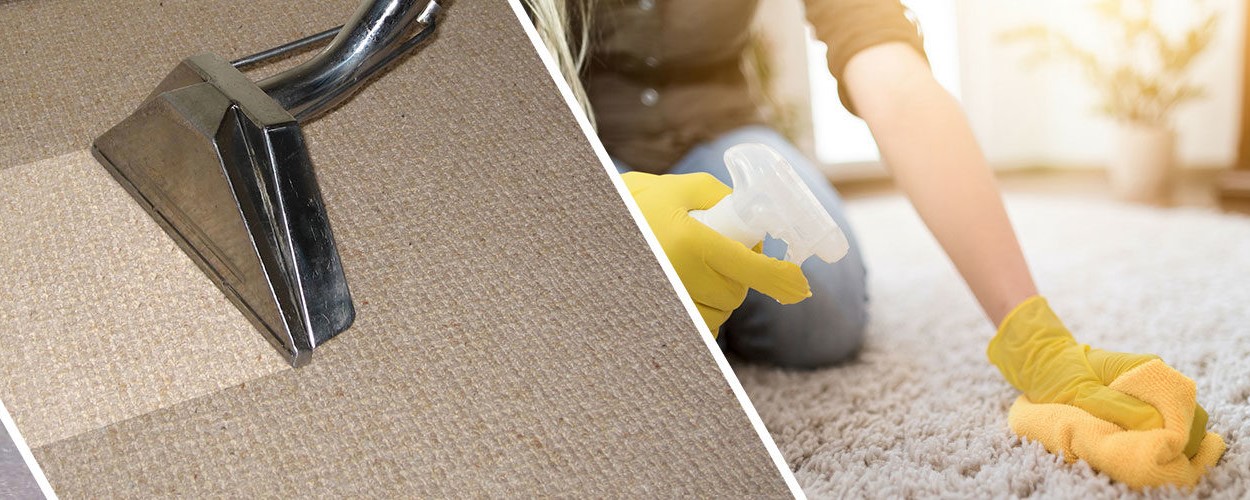Introduction
Repairing foundation cracks is a crucial aspect of home maintenance. This article provides valuable insights on identifying, repairing, and preventing foundation cracks to ensure the structural integrity of your home.
Understanding Foundation Cracks
Foundation cracks can occur due to various factors, including soil settlement, water infiltration, or natural disasters. Identifying the type and cause of the crack is essential for effective repairs.
Types of Foundation Cracks
Vertical Cracks: Typically caused by normal settling of the house.
Horizontal Cracks: Indicate serious structural issues and require immediate attention.
Diagonal Cracks: Result from soil pressure and water damage.
Causes of Foundation Cracks
Soil Settlement: Shifting soil can create pressure on the foundation.
Water Infiltration: Excessive water weakens the foundation over time.
Tree Roots: Growing roots can exert pressure on the foundation walls.
Repairing Foundation Cracks
The process typically involves cleaning the crack, filling it with epoxy or polyurethane sealant, and reinforcing the foundation if necessary. Repair foundation cracks is crucial to maintaining the structural integrity of a house.
Assessment and Diagnosis
Hire a Professional: Consult a structural engineer to assess the severity of the cracks.
Identify the Cause: Determine the root cause to prevent future cracks.
Repair Methods
Epoxy Injections: Filling the cracks with epoxy provides structural strength.
Polyurethane Foam Injection: Ideal for sealing cracks in concrete foundations.
Carbon Fiber Reinforcement: Prevents further movement of cracks.
Preventing Future Cracks
Taking preventive measures can save you from costly repairs in the future. Here’s how to prevent foundation cracks:
Proper Drainage
Gutters and Downspouts: Ensure they direct water away from the foundation.
French Drains: Install these to prevent water accumulation near the foundation.
Maintain Consistent Moisture Levels
Use a Soaker Hose: Keep the soil consistently moist to prevent shrinking and expanding.
Tree Management
Trimming Roots: Regularly trim tree roots near the foundation to prevent pressure.
Conclusion
Repairing foundation cracks is essential for maintaining the stability and safety of your home. By understanding the types, causes, and repair methods, you can effectively address foundation cracks and prevent future issues.
FAQs
Can I repair foundation cracks myself?
While minor cracks can be filled using DIY kits, it’s advisable to consult professionals for a thorough assessment.
How long does foundation crack repair take?
The duration depends on the severity and chosen repair method. It can range from a few hours to several days.
Are foundation cracks covered by homeowners’ insurance?
It depends on the cause. Cracks due to natural disasters might be covered, but those from negligence typically aren’t.
Can foundation cracks lead to other structural issues?
Yes, untreated cracks can lead to problems like uneven floors and misaligned doors.
How often should I inspect my foundation for cracks?
Regularly inspect your foundation, especially after heavy rain or seismic activities, to detect cracks early.





